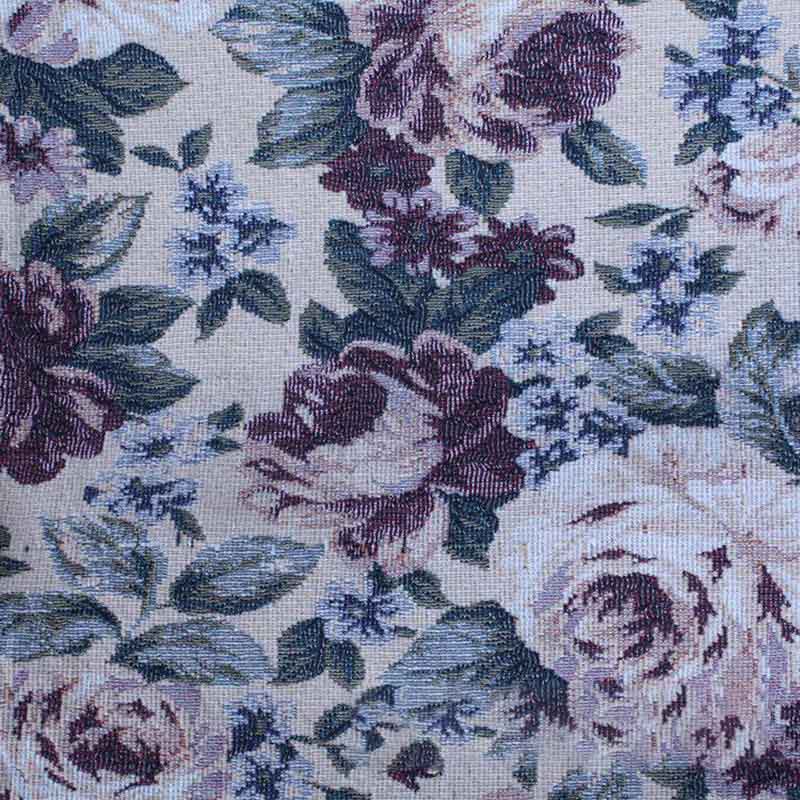In modern society, environmental awareness has gradually gained popularity, especially in the textile industry. As a widely used fabric, the environmental standards of jacquard fabric are particularly important. This article will explore how to effectively evaluate the environmental standards of jacquard fabric from multiple aspects to help consumers and industry practitioners make wise choices.

To evaluate the environmental standards of jacquard fabrics, we first need to pay attention to their raw materials. High-quality environmentally friendly fabrics usually use natural fibers, such as organic cotton and linen, and try to avoid using chemical synthetic materials. Understanding the source of the material and its production process is the first step in evaluating environmental standards.
The dyes and auxiliaries used in the production of jacquard fabrics also directly affect its environmental protection level. Choosing water-based dyes and non-toxic auxiliaries that do not contain harmful chemicals to reduce environmental pollution is a factor that manufacturers must consider during the production process.

There are many environmental certification standards on the market, such as GOTS (Global Organic Textile Standard) and OEKO-TEX (Eco-Textile Standard). Choosing jacquard fabrics with these certifications can provide consumers with a relatively high environmental protection guarantee.
When evaluating the environmental standards of jacquard fabrics, it is also necessary to consider the ecological impact of their use and disposal. Fabrics with strong recyclability and biodegradability can effectively reduce the environmental burden.

In summary, the environmental protection standards of jacquard fabrics need to be evaluated comprehensively based on raw materials, production processes, certification standards, and environmental impact after use. Through the above methods, consumers and industry practitioners can more effectively choose environmentally friendly jacquard fabrics and promote the green development of the textile industry.
